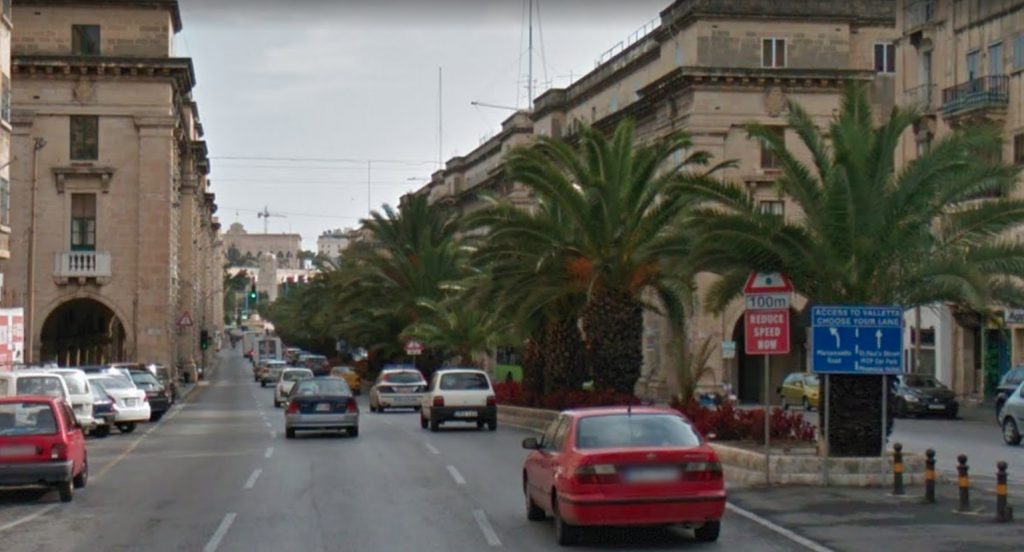Every breath you take

Recent data tabled in parliament shows that despite efforts to mitigate toxic emissions the air quality in certain residential areas is nonetheless posing a hazard. According to the Environment Resources Authority the air quality in places like St Anne Street Floriana, St Andrews Road Swieqi and Aldo Moro in Marsa exceeds the EU limit. In this case the alarm bells have been triggered by the levels of Nitrogen Dioxide (NO2) which is a toxic gas generated when fossils fuels are burnt at high temperatures and hence by vehicular traffic.
Excessive exposure to this gas can have dangerous consequences on human health such as increased inflammation of the airways, coughing and wheezing and increased incidence asthma attacks especially in children. Just imagine the impact on Floriana residents or those who have the habit of taking a morning coffee under the arches of this iconic thoroughfare while at work. In Malta this silent killer is estimated to be the cause of around 550 people annually.
In recent years efforts have been made, not just locally, but at a global level to start reducing toxic emissions. The conversion from heavy fuel oil to gas of Malta’s power stations were a step in the right direction. Moreover, incentives for the acquisition of hybrid cars, and more recently electric vehicles are to be commended. However, there is ample evidence that this is just a drop in the ocean. According to the latest statistics 56 newly-licenced cars are being released on the roads each day, most of which running on fossil fuels. The situation is being compounded by the rapid increase in population which in the last decade has gone from 422,000 to 520,000.
So far, no concrete plan has been presented to start reducing the dependency on private cars. Moreover, the bus service is struggling to meet the demand created due to the sharp rise in population. Secondly, it is no use taking a bus if you are still going to end up in gridlock.
Some months ago, government floated the idea of a metro service. To date such plan seems to have been just a media stunt as nobody knows exactly how this public consultation has been followed up. The move is symptomatic of short-term planning whereby the solutions being presented are more akin to fire fighting rather than for the long term.
While certain major infrastructure projects like the Marsa junction were long overdue, the country needs to look at solutions to reduce the dependency on private cars, and if this is not possible to shift away from fossil fuels. Though Malta is set to ban imports of petrol and diesel-fuelled cars by 2035, it will take decades for this transition to reach its ultimate objective of zero emissions.
UHM Voice of the Workers has repeatedly floated the idea of having regional hubs housing a complex comprising parking spots, shops and essential services which would be served by bus. Such model would encourage commuters to leave their car at these complexes and do the rest of their errands, including going to work by bus. However, no feedback was ever given by the authorities.
We cannot allow village cores to harbour a noxious silent killer. Apart from health issues the price of doing nothing can also be measured in pounds shillings and pence. According to a recent European Commission report congestion, noise and air pollution from traffic are costing Malta some €400 million annually. Malta urgently needs a plan.
